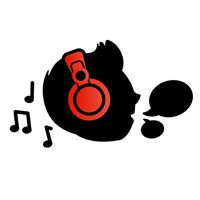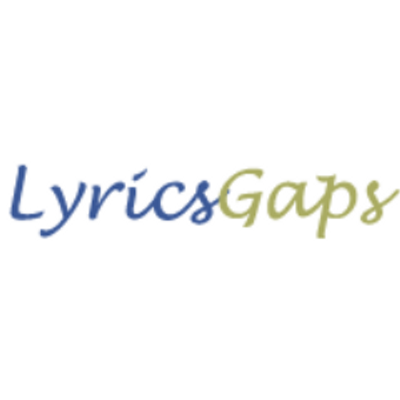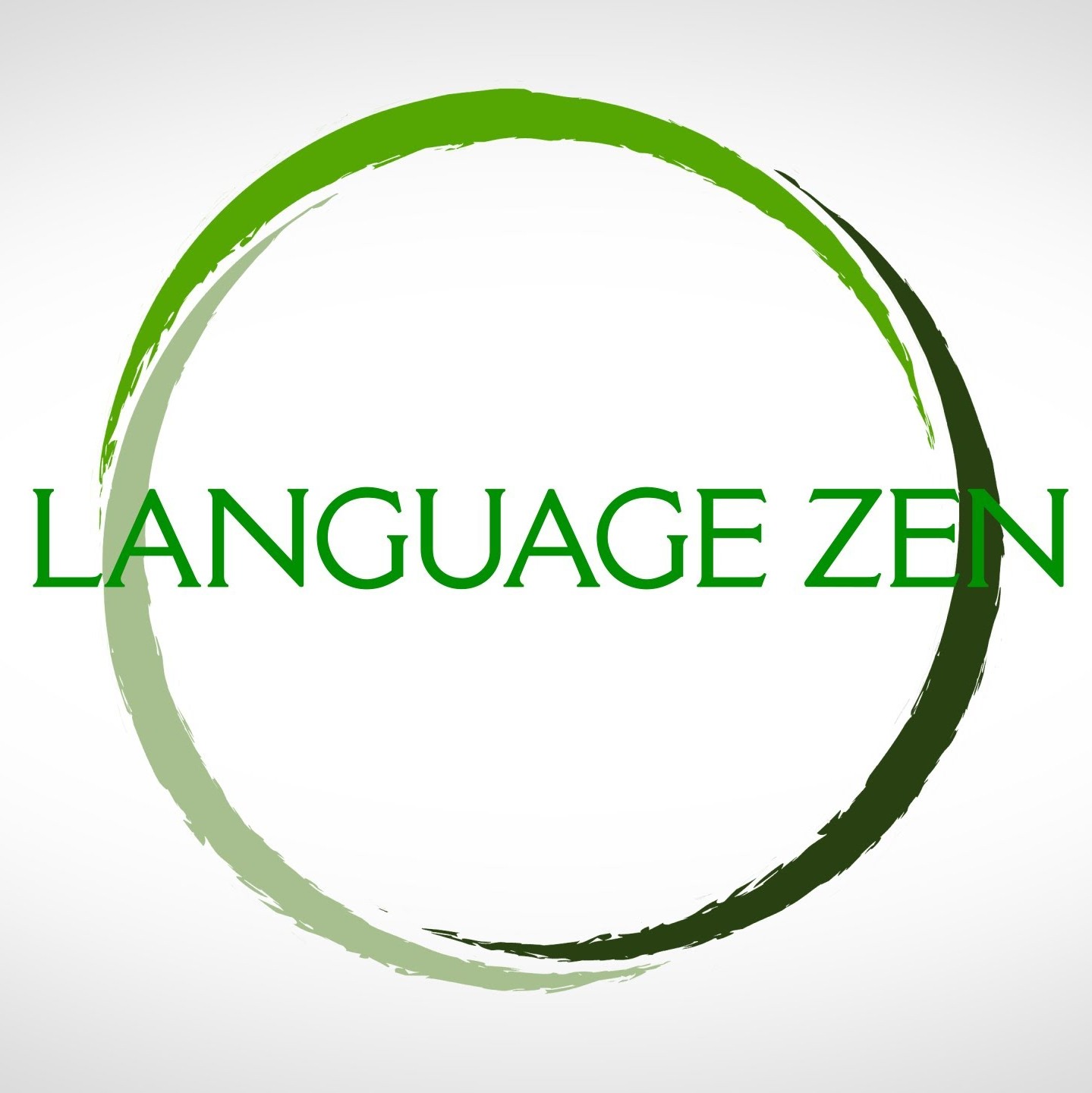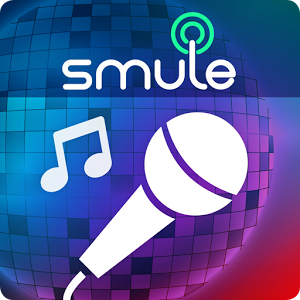Check out these eight tuneful resources for pitch-perfect language learning!
Linguician
Love music? Love games? Okay, let’s be real—who doesn’t? But if you want to infuse your language learning with music and games, Linguician is a sure bet.
Linguician suggests songs for you, then enables you to learn from the songs using games and activities. For instance, you can use “discover mode” to learn the lyrics and their meanings. Then, you can use “quiz mode” to check how well you’ve actually learned those words. Finally, check out “play mode” for a more gamified variation on learning.
Plus, to further motivate you, answering correctly gives you “LangoCoins,” which you can use to access more songs!
Linguician is available online or as an Android app.
Available Languages: French, German, Italian, Portuguese and Spanish.
LyricsTraining
If you want to sing along, LyricsTraining has your back.
That’s because as you watch music videos, LyricsTraining will highlight the lyrics for you. In karaoke mode, you’ll be supplied with all the lyrics. For a more challenging option, you can also try a game in which some words are omitted from the printed text and you’re asked to supply them as you listen. There are four different game levels, so LyricsTraining is appropriate for any level of language learning.
Plus, there are plenty of great song options. For instance, Japanese students might enjoy the cutesy “Ponponpon” by Kyrary Pamyu Pamyu.
Available Languages: Dutch, English, French, German, Italian, Japanese, Polish, Portuguese, Spanish and Turkish.
FluentU
Learning a language with music is great, but what if you don’t understand all the words? What if you wish you could see a particular word in a different context? Or what if you want to reinforce your learning with flashcards and exercises? If these are the questions that plague you, FluentU might be your answer.
FluentU offers a flexible, in-context learning experience appropriate for any level of language student. Using real-world videos, like music videos, movie trailers and news, FluentU enables you to understand what you hear on a deeper level. That’s because all videos are captioned and the captions are annotated to give you easy access to any word’s definition, example sentences and an associated image. Plus, if you’d like to see how a word is used in a different context, just click the word to see other videos that contain it.
FluentU also offers “learn mode,” which takes videos, pictures and example sentences and transforms them into exercises and flashcards to provide you with a different perspective on the language.
Additionally, FluentU’s lessons are personalized by using a unique algorithm that takes into account learner history. This way, the questions you’re presented with are relevant to your studies.
Available Languages: Arabic, Chinese, English, French, German, Italian, Japanese, Korean, Portuguese, Russian and Spanish.
LyricsGaps
Can’t find a song option that’s right at your level? Try LyricsGaps!
LyricsGaps offers some of the most flexible and specific leveling available. Each song is labeled with the difficulty level. However, you can also set your level of difficulty for gameplay, making it particularly easy to find learning options at your level.
With LyricsGaps, you’re given the text of the song but a few words are missing. You select the missing words from a drop-down menu as you listen. Plus, you can click any of the provided lyrics to see a word’s definition (though this might not work with some pop-up blockers). For instance, students learning German might like “Wie Schön, Dass Du Geboren Bist,” (“How Wonderful That You Were Born”) a children’s birthday song by Rolf Zuckowski.
LyricsGaps also allows you to challenge your friends. This competition can drive language learning (or at least bring out your competitive streak).
Available Languages: A nice array of different languages, including popular options, like Chinese, English, French, German, Italian, Japanese, Korean, Portuguese, Russian and Spanish, and less common options, like Basque and Visayan.
Language Zen
Wouldn’t it be nice if you could tell at a glance what accent a singer is using? Or maybe you just wish you had easy access to a brief description of the performer. With language Zen, you have this information at the tip of your fingers.
That’s because for each song Language Zen features, there’s a description of the performer along with the genre and accent, making it much easier to peruse the songs for your ideal match.
Language Zen offers six different levels, ranging from “Beginner” to “Advanced Plus.” There are plans to include even more advanced levels in the future, so even near-native level speakers may benefit.
For each song, you’ll have two options. You can use the “learn” mode, which is a quiz-based approach to teaching you a song’s vocabulary, or you can opt for the “play” mode, which shows the lyrics as the song plays. Want to repeat the same line or skip ahead? Just click the line to move through the song as you like. If you prefer, you can also read in English as you listen.
Students can enjoy popular options like “Vivir mi vida” (“Live My Life”) by Marc Anthony.
Available Languages: Language Zen currently offers Spanish but plans on adding more languages soon.
Smule
If you can’t resist a good karaoke night, check out Smule.
Smule is a karaoke community. You can listen to songs that others have uploaded or use the platform (and accompanying lyrics) to upload your own videos. This can provide you with both listening and speaking practice. Plus, since you can record your own videos, this gives you the opportunity to rewatch yourself to review your pronunciation.
Since there are millions of songs, you can find popular songs in countless languages. For instance, Korean students might enjoy singing along with 택시로 5분 (“5 Minutes by Taxi”) by Mimi Sisters.
Available Languages: Smule boasts a large selection of languages, including Korean, Japanese, Russian, Spanish, Tagalog and more.
Genius
You might already be familiar with Genius. When you just can’t understand a lyric, it’s your go-to resource for figuring out exactly what you just heard.
But Genius can also be useful for language learners. That’s because Genius lists lyrics for popular songs in a huge array of languages. For instance, Russian students may enjoy the popular song “Медина” (“Medina”) by Jah Khalib. Conveniently enough, Genius also links to the music videos of the songs on YouTube so that you can listen as you read the lyrics.
Since this resource doesn’t provide translations, it’s best for more advanced students. However, anyone who uses it will find some great learning material. After all, users can upload annotations on lyrics, so you might even get explanations of certain parts of a song in your target language.
Available Languages: As mentioned above, you’ll find lyrics in many different languages on Genius.
YouTube
Yes, your favorite source for cat videos and beauty tutorials can also help you improve your language skills with music. All you need is the right search term.
Just try searching the name of the language and “subtitles” in English or your target language. For instance, you might search “Chinese songs subtitles” to find great options like “Wo Hao Xin Ni” (“I Miss You Much”), which offers subtitles in Chinese, pinyin and English.
If you try different search terms, you’re likely to find a nice array of options that’ll help you follow along with the lyrics as you listen to songs.
Available Languages: Practically every language in existence!
See more qt?
https://www.fluentu.com/








